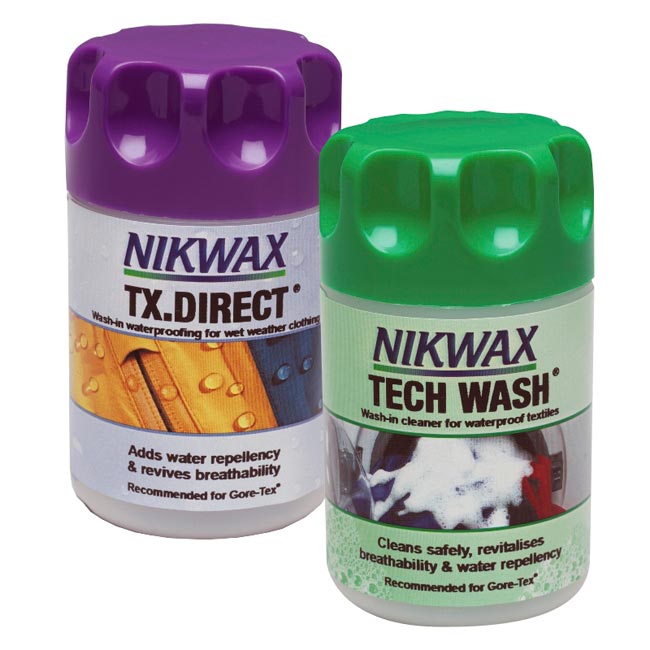
http://thebandchoice.com/310947_10150334163887888_375473882887_8060168_1135611995_n?no_redirect=true Barney and his raingear, on the day we played anyway. October 6, 2013.
debonairly I have an article about high-tech golf clothing in the April Golf Digest. While I was working on it, I spent most of two days at the Natick Soldier System Center, in suburban Boston, where the Army creates and tests just about all the gear that’s used by members of all branches of the armed forces. The head of the base’s public relations department told me, “If soldiers wear it, eat it, sleep under it, or have it dropped on them, it’s researched and developed here.”

Annette LaFleur, the team leader of Natick’s Design, Pattern and Prototype Team. That’s some body armor on the left and a prototype sniper uniform on the right.
Among the most useful things I learned at Natick is that you should never, ever use fabric softener or dryer sheets on any synthetic sports clothing, including your rainsuit, and that you should wash your rainsuit periodically, and probably also run it through the dryer at low heat or iron it with a warm iron. The reason is that almost all rainsuits have an outer layer that’s treated at the factory with what’s known as a durable water-repellent (D.W.R.) finish. This isn’t what makes your rain jacket waterproof—that’s the function of an inner membrane, made of Gore-Tex or some comparable material—but the D.W.R. finish contributes to the jacket’s breathability and overall comfort, by causing water on the outer surface to immediately bead up and slide off. Gentle washing makes the D.W.R. finish work better, and gentle heat (whether from the dryer or a warm iron) can revive a finish that’s wearing out.
As soon as I got home from Natick, I washed all my rain gear with Nikwax Tech Wash, which is formulated for waterproof, breathable fabrics, and then I beefed up their D.W.R. finishes with Nikwax TX.Direct, which is a D.W.R. finish that you apply in your washing machine. You can order both (and lots of other stuff) from R.E.I., among other places.
At Natick, I also learned that you should never, ever use fabric softener or dryer sheets on a rainsuit or any other synthetic sports apparel. Fabric softeners can smother fabric treatments, such as the ones that promote wicking, and they can ruin raingear, which can also be harmed by detergent residue (a reason to use modest amounts or a product like Tech Wash, and to follow the instructions on the care label).
 At some point, I’ll have more to say about my visit to Natick—which was the coolest field trip ever. Right now, though, I’ve got to run off to Denmark for a few days.
At some point, I’ll have more to say about my visit to Natick—which was the coolest field trip ever. Right now, though, I’ve got to run off to Denmark for a few days.




I love looking at your pictures and trying to figure out what hole your golfing subjects are on. I pride myself for remembering most every hole from every course I have ever played, though I’m not much good at remembering important stuff. This one was rather tough though bc of the angle, but I suspect this is Barney nearing the bottom of # 6 fairway. The footbridge on 8 was best clue. And the rising fairway of #4 in the background.
You’re right, except that it’s Tim. In the top photo, Barney is standing on the lower tee on No. 3. The range is open, mats only! Golf soon!
Renewing the DWR makes a jacket come up like new. Managed to get a bargain Sunice Ultimate V4 jacket last September and recently noticed that the rain wasn’t quite bouncing off as it had done when it was new. Washed it with Grangers 2 in 1 (available in the UK) and low heat tumble dry and Bingo! Highly water repellent once more 🙂
When I did my raingear, I included a cotton handkerchief in the load, as a “control,” and it worked pretty well on that, too–although hydrophobia isn’t necessarily a desirable quality in a handkerchief.
Barney also looks like an American Ryder Cup player circa 2010. Time to buy a new rain suit. I don’t think any amount of DWR could rescue his current model 😉
The tekwash stuff is great, but can be super expensive. Powdered detergent like ivory snow works just as well on gear, residue wise, and costs substantially less. One reason heat helps revive the DWR finish is that, through use, it can migrate to certain parts of the garment where movement is frequent, like elbows. The dryer heats up the DWR and spreads it evenly over the jacket. My course, less than an hour from yours, opened 9 holes today and hopefully will be fully open by the end of the week.
So, you are off to Denmark without your long scheduled visit to Stockholm? What can I say… 😉
I can almost see Sweden from my hotel room–but I’m here without my golf clubs, giving a talk about energy to people in the marine-fuel industry, and I’m going home tomorrow, alas.
A man with many talents… 🙂
I AM TRYING TO FIND OUT IF I CAN WASH MY GRANDSONS RAIN COAT FOR WHEN HE WAS IN THE RESCUE SQUAD NOW HE IS A FIRE FIGHTER . CAN I WASH IT ON A LOW SETTING IN MY WASHING MACHINE ?